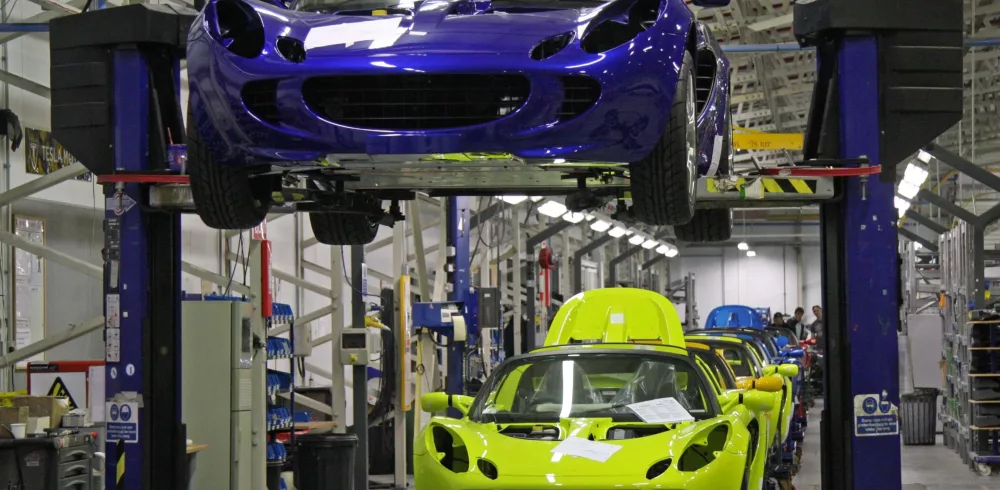Construction and manufacturing businesses enjoyed a strong end to 2016 thus generating renewed optimism for 2017. Across both sectors, growth was experienced and, despite the Brexit vote, the outlook remains bright.
Official figures show the UK economy remains buoyant with City economists seeing growth figures coming in higher than expected. Indeed, estimates that the UK economy was growing faster than any other G7 country were confirmed by official figures.
The optimism witnessed across the construction and manufacturing sectors as output increased was matched by further good news relating to the UKâs trade gap narrowing in the wake of exports growing faster than imports.
Lee Hopley, Chief Economist at EEF, said: The solid month on month growth in production in [late 2016] appears broad based across the industry and, even taking account of the erratic pharmaceuticals output numbers, we should see output expand over the year overall. Similarly, the trade figures confirm that a rosy combination of improving demand indicators in key markets and a weaker exchange rate are providing a supportive boost to manufactured exports.
The Office for National Statistics noted in December that GDP grew 0.6% in the last quarter of 2016, matching the past two quarters and suggesting, despite the Brexit result, the economy remained resilient and optimistic.
Some analysts and commentators were surprised by official statistics but, as Scotiabank economist Alan Clarke said, the Bank of England has been vindicated in its 2% growth forecast. We all thought the BoE were mad when they came out with a 2% growth forecast for [2016]. They may come out of this looking very smart, he said.
The National Institute of Economic and Social Research (NIESR) said that GDP growth was driven by robust consumer spending combined with increased output in production industries. The NIESR didnât want to sound over confident yet, while estimating GDP expansion to fall below 2%, it still expected growth to the tune of 1.7%. This would be the result of price inflation pressuring consumer spending.
Certainly, production is enjoying the crest of a wave. The ONS said manufacturing output jumped 2.1% at the end of 2016, faster than the 0.5% growth forecast noted in a poll of economists carried out by Reuters. Indeed, currently the ninth largest manufacturer in the world, Britainâs annual output of £190bn has seen our output per hour improve within the sector three times faster than it has in the economy as a whole. And output was up 4% on last year, the strongest growth since spring 2014.
It might be as small as 1% but British manufacturers are growing. In a survey carried out by the BPMA of manufacturing businesses within the Briman Group membership, every single company said it had experienced growth with some revealing 40% growth. The average was 11%. And only the USA has created more jobs in manufacturing than the UK in the last 12 months.
It isnât just manufacturing and construction that is enjoying this economic buoyancy. Activities such as mining grew 1.1% compared with a 0.2% forecast. It means the sectorâs 4.3% overall growth was the fastest since 2011.
Weâre firing on several cylinders said Howard Archer, Chief UK and European Economist at IHS Global Insight, saying the UK economy was not reliant on consumer spending.
Construction statistics showed output had risen by 1.8% at the end of 2016 primarily as the result of increased housing work in the final quarter of the year. Again, this beat economist forecasts which suggested a 1% rise.
We await to see how rising inflation will impact this economic buoyancy but as Howard Archer says, weâre not handcuffed to consumer spending and the UK economy has enough strings to its bow to enjoy a strong 2017.
Manufacturing & Engineering Magazine | The Home of Manufacturing Industry News













